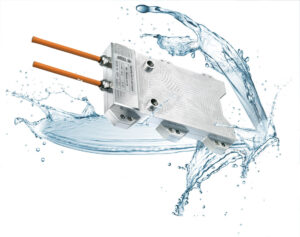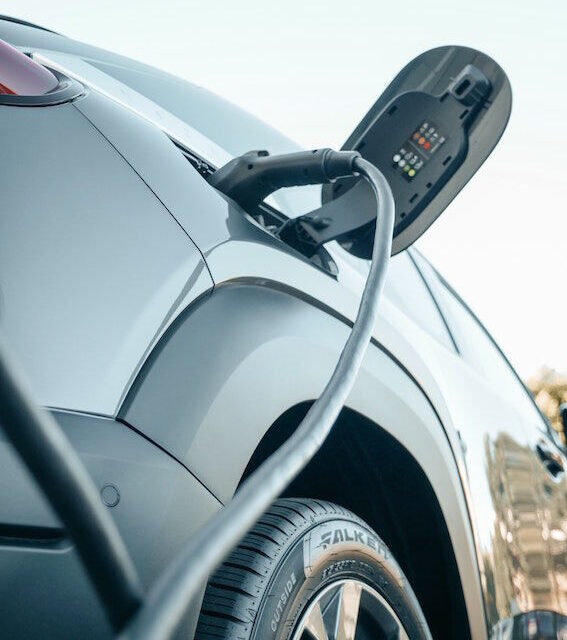A core principle of good product design is the power-to-weight ratio. This concept is especially important for electric vehicle (EV) component design, such as braking resistors, not least because the weight of batteries and motors in EVs is already critical. Here Steve Hughes, managing director of braking resistor specialist REO UK, explores the benefits of braking resistors that use liquid-cooling techniques and how these can be made to take up less space and weight.
Power-to-weight ratio is a calculation applied to engines and mobile power sources to enable comparison between different units or designs. Power-to-weight ratio is often used as a measurement of a vehicle’s overall performance. To calculate it, an engine or motor’s power output is divided by the vehicle’s total weight, giving a metric that is independent of the vehicle’s size. Therefore, weight is a key consideration for all electrical components in EVs, as any unnecessary weight will adversely impact the vehicle’s power-to-weight ratio.
Braking resistors
A key component in all EV designs is the humble braking resistor, which dissipates heat and slows down mechanical systems in a process known as dynamic braking. Dynamic braking can be rheostatic and regenerative. In rheostatic braking, the energy is dissipated as heat in a resistor. In regenerative braking, the electric power is fed back into the system, however this option is typically more costly.
To improve power dissipation capabilities, resistors often come equipped with cooling fans. However, advances in liquid-cooling technology for resistors means this is becoming an increasingly attractive option for EV applications. Liquid-cooled braking resistors use water or a coolant for heat dissipation, instead of relying on air.
Liquids have a higher density than air, resulting in them having higher heat-carrying capacities, greatly reducing temperatures and stress on electrical components and, therefore, improving service lives. Eliminating the large surface area needed for ambient or forced air cooling also means that liquid cooling systems take up less space, so can be made much smaller. Therefore, liquid cooling is ideal for resistors in higher power applications, such as EVs.
REO’s BWD158 range of aluminium-clad water-cooled resistors are built to continuously dissipate up to 60 kW. They are sealed at an IP65 rating in an anodised aluminium housing and all connections and fixings are either stainless steel or anodised aluminium, protecting against corrosion. Resistances between 2 and 850 ohms are available, and different sizes have power ratings from 1kW up to 60kW. The component’s voltage rating is 1 kV in all cases.
The cooling system separates the coolant from the electrical circuit to ensure electrical isolation, and the unit can continue to run without coolant for a specified period to allow safe system shut-down in the event of a coolant problem. Furthermore, the encased construction of the water-cooled resistor means that it runs virtually inaudibly, unlike conventional resistors, which can emit audible noise at harmonic frequencies of the DC ripple current. This can cause problems in areas where they are in close proximity to people and personnel.
Crucially, the BWD158’s highly efficient cooling system allows the resistors to be made approximately 80 per cent smaller than conventional braking resistors, meaning they do not adversely impact power-to-weight ratios in the same way as other components might. This allows EV manufacturers to take advantage of the improved cooling capabilities of liquid-cooled braking resistors without worrying about negatively impacting performance in other areas.
To find out more about REO UK’s range of braking resistors, visit https://www.reo.co.uk/resistor-reohm-series-d-158.




